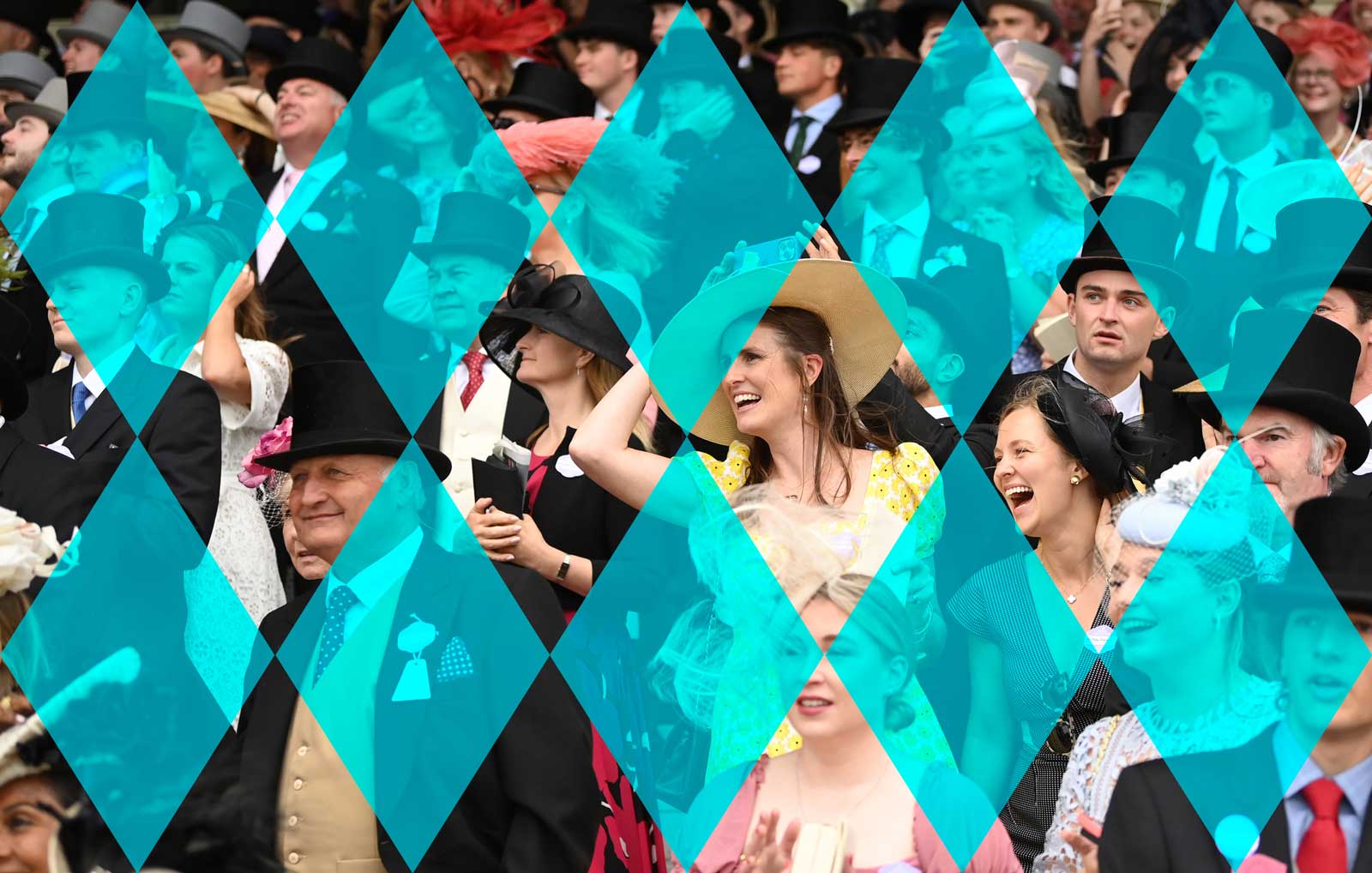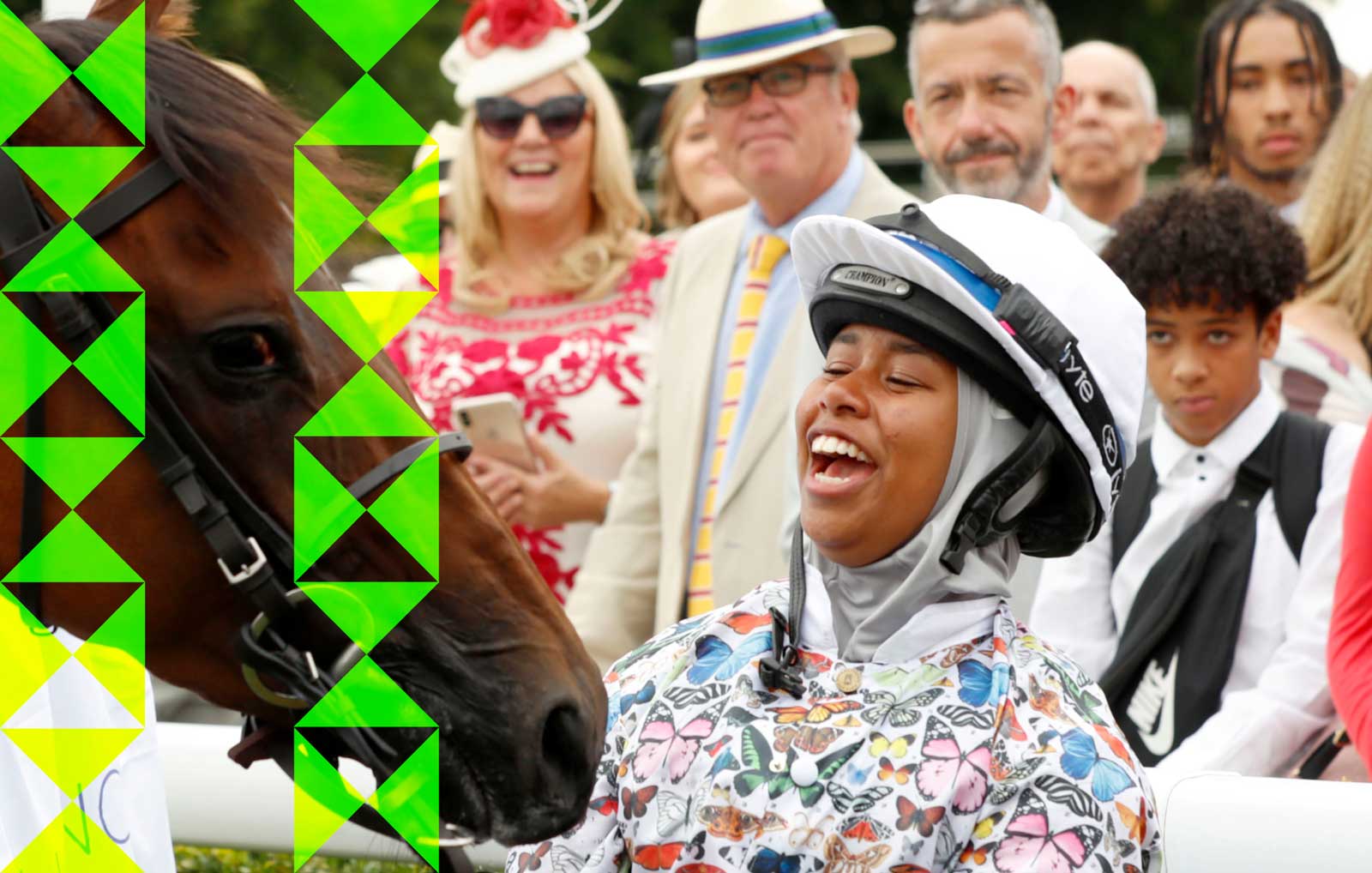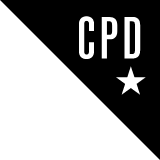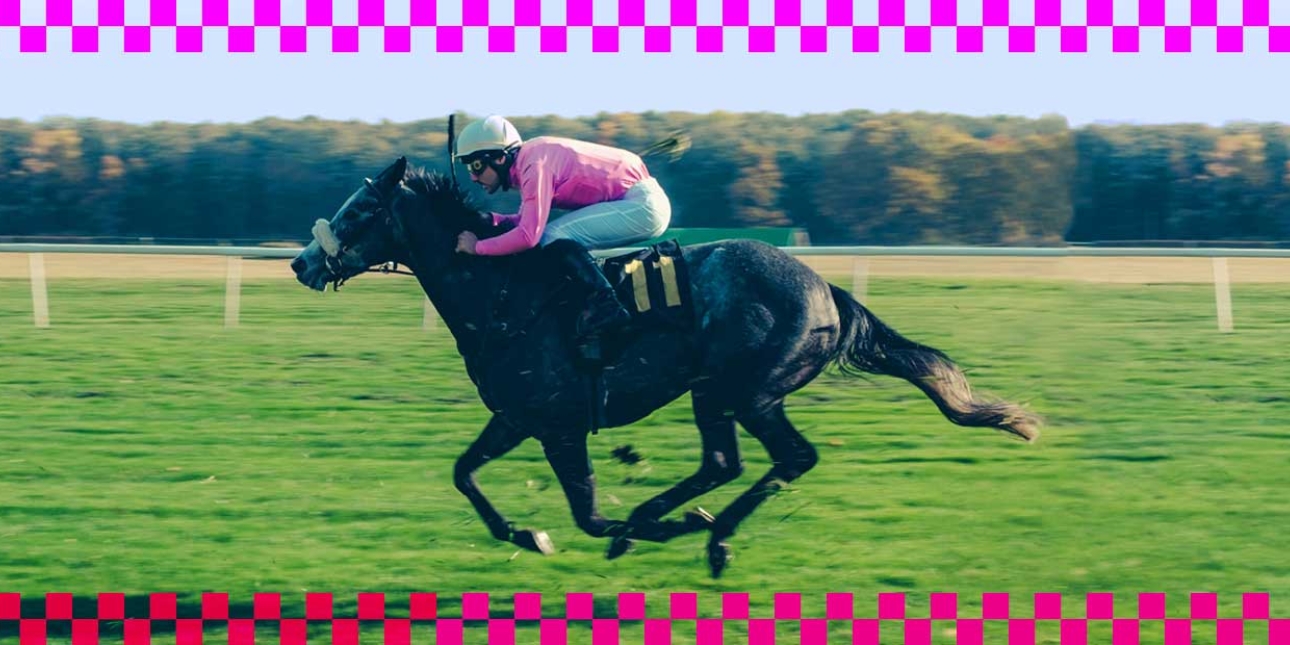Horse Racing: How To Repair Its Reputation?
With the world of horseracing beset with problems from attendance slumps to PR disasters and image problems, how can the sport can get back in the right lane? Ryan Herman investigates...
Advance ticket sales had been strong, ahead of York racecourse hosting its first meeting of 2022. Stronger, certainly, than in 2019, when crowds were last able to attend the same event. York's new Premier Lounge was sold out. And then on May 15 the racecourse opened its gates – to resounding disappointment. At 6843, attendance was down 33% on 2019. The walk-ups, aka the people who pay at the door, had largely chosen to stay indoors.
There’s no immediate solution for too much mediocre racing. So what can the sport do to attract new audiences at such a challenging time?
Partly, it could be blamed on the weather – but there was no such excuse the following day when not even the return of the most hyped horse in British racing, Desert Crown, who’d go on to win the Epsom Derby, could prevent the crowd from being down 21% on 2019. Meanwhile, Chester’s May meeting saw attendances drop even further – a 35% fall from 2019.
Both Chester and York are among the most popular racecourses in the UK. The crowds for Saturday meetings hit around the 25,000 mark and horseracing is second only to football as our most popular spectator sport.
And horseracing does have much to celebrate: this year’s Cheltenham Festival enjoyed record crowds. The decision to reduce capacities in some sections at Royal Ascot, to provide a better experience for racegoers, proved to be a success. Races at the Royal meeting, which were broadcast to 170 territories, attracted leading thoroughbreds from USA, Australia, France and Japan.
 Ascot via Getty images
Ascot via Getty images
“The pomp and ceremony that goes hand in hand with British racing is second to none versus other experiences around the world. It's not just Royal Ascot. There's Goodwood and the Derby Festival at Epsom,” says Minty Farquhar, General Manager at Great British Racing International (GBRI).
Great British Racing is the sport’s marketing and promotional body. It exists to widen horseracing’s fanbase, while GBRI helps to maintain the UK’s racing's position internationally as the best in the world.
Farquhar adds, “Barbara Banke is one of America's leading owner-breeders. She targets horses to run at the Royal meeting. She says British racing festivals set the global gold standard. That kind of endorsement is so much more powerful than anything we could script.”
Elsewhere, Rachael Blackmore, Bryony Frost and Hollie Doyle are routinely winning big races and are fantastic role models for aspiring female jockeys. Robert Waley-Cohen, the man who brought Prince William and Kate Middleton together, was the winning jockey at this year’s Grand National.
Those PR angles are what an organisation like GBR lives for. But the slump in midweek attendances is a genuine cause for concern and is one of several clouds gathering over the sport. So what’s the problem?
In April, for the first time in quite a few years, online betting turnover on horseracing was actually down year on year.
Shooting itself in the foot
“The big days are doing well,” says Dave Ord, racing editor at the Sporting Life. “But what we don’t know if the drop is a generational thing, if people of an older generation are no longer willing to go racing, or not as often, or if the cost of living headwind means people are going to be much more careful with the leisure pound,”
“But I think what underpins this issue is field sizes or the number of horses in each race. There are too many uncompetitive races and too many small fields where there may only be four or five horses. That doesn't appeal to punters, and that doesn't appeal to racegoers.
“In April, for the first time in quite a few years, online betting turnover on horseracing was actually down year on year.”
Everyone seems to agree there are too many meetings, and the prize money isn’t large enough at the lower end of the sport. And yet the sport cannot find a consensus on how to address those issues.
As Ord explains, “Racing is very fragmented at the top, as demonstrated by the fact that the sport’s governing body, the British Horseracing Authority, voted against its own proposal to cut the number of races by around 300 – less than one race a day (out of a total of around 10,500). Now, we’ve got a committee looking at it.
“Yes, it’s a long-term issue, but we could have at least done something in the short term.”
Also, the sport has a habit of shooting itself in the foot and sending out the wrong message. When The Jockey Club recently signed a deal to sell some of its image and naming rights with gaming company Playtech it raised a few eyebrows, to put it nicely.
As Ord explains, “There's a huge difference between a Saturday bet on the horses which has been going on for years and online casinos. The sport is desperate to make that distinction between racing and even other sports such as football. Racing and betting are intrinsically linked.
“The funding model is built on betting. Most people's first touch point with the sport is betting. We can’t lose sight of that. Racing is different to other sports.”
This happened while the government has yet to announce the publication of its Gambling Review, which could have profound implications for the future of racing if restrictions or stringent checks are placed on people betting online.
The image of the sport also isn’t helped when it kicks off at a racecourse and the footage is shared on social media. Even though around five million people will go racing in the UK this year, it only takes a few waistcoated Conor McGregor wannabes squaring up to each other to put people off going to the races.
And there will always be the issue of welfare. The UK sets an example to many other countries in regards to how we look after thoroughbreds during and after their racing careers – and especially when compared to America, where the sport has lurched from one PR disaster to another over the maltreatment of racehorses.
If older racegoers are deciding to stay at home, others are deciding to tighten their belts, and there’s no immediate solution for too much mediocre racing. So what can the sport do to attract new audiences at such a challenging time?
A diversity issue
On June 21, GBR launched its Everyone’s Turf campaign. “We wanted to create a campaign which felt relevant and contemporary and which would help to shine a light on the many different aspects which make racing a great day out for everyone,” said GBR’s director of marketing, Gregg Taylor.
I think racing has gone a bit like cricket, in a lot of ways. A lot of people associate it with the day of drinking or partying. And that might be a block for some people. We should certainly do more to address that because you don't need to bet to enjoy the races. You don't need to drink to enjoy your day at the races. You can just enjoy the magic of the sport, and get up close to the horses because they are incredible creatures. The whole show is more than betting and drinking.
“We will be running a broad advertising campaign over the next three months including out-of-home, radio and digital, with additional promotional support and have been working with racecourses to ensure that they have all the assets they need to make the campaign as joined up as possible and help promote the sport over the next few months.”
The campaign is fronted by broadcaster and former footballer, Jermaine Jenas. Even though horse racing can justifiably claim to be the most inclusive sport - men, women and trans compete equally against each other - and there is a diverse workforce operating behind the scenes at stables across the country, that diversity isn’t reflected in the stands at racecourses.
Whenever you watch ITV Racing and one of the presenters is sent out to talk to racegoers, the interviewees are nearly always white.
“This is vitally important,” says Ord. “I think racing has gone a bit like cricket, in a lot of ways. A lot of people associate it with the day of drinking or partying.
“And that might be a block for some people. We should certainly do more to address that because you don't need to bet to enjoy the races. You don't need to drink to enjoy your day at the races. You can just enjoy the magic of the sport, and get up close to the horses because they are incredible creatures. The whole show is more than betting and drinking.”
Also, there is a chronic lack of stars or role models in racing from ethnic backgrounds. A notable exception is Khadijah Mellah, the first British Muslim woman to win a race in the UK.
Mellah learned how to ride at the Ebony Racing Club, a unique riding school in the heart of Brixton, surrounded by high-rise estates.

Khadijah Mellah the first British Muslim woman to win a race in the UK
The club was founded 25 years ago and until Mellah came along Ebony’s most talented rider had been Nathan Foster.
Tragically, Foster was fatally shot in 2007 after trying to mediate an argument between two gangs over the theft of a gold chain.
ITV picked up on the Ebony story and followed Mellah’s progress towards taking part in a charity race at Ascot. Her victory inspired ITV Racing presenter Oli Bell and GBR’s head of communications, Naomi Lawson, to start the Riding A Dream Academy, to attract boys and girls from diverse backgrounds into racing.
To date, 60% of the Academy’s applicants have been from a diverse ethnic background, with 73% of students in the pilot year coming from a diverse ethnic background. This compares to just 2% of jockeys from a diverse ethnic background and between 3-5% of individuals who currently go on the industry’s entry-level Foundation Course.
It may be some time before we see a crop of Black or Asian jockeys appearing on ITV racing. But Mellah features as part of the Everyone’s Turf campaign. The goal is to encourage more families to come racing and, at many tracks under 18s go free.
The hope is that if the sport can attract new faces, they, in turn, will become advocates for horse racing.
“People are often quite surprised when they go racing for the first time,” says Farquhar. “There are loads of family fun days, there will be a picnic enclosure, rides, and on some of the bigger days, there will be retired racehorses that kids can go and meet.
“If people have a good experience, that sort of word of mouth endorsement, if you will, if the sport’s most powerful promotional tool.”
https://www.britishhorseracing.com
The CIPR has recently launched a Sports PR Network. Find out more and get involved.


